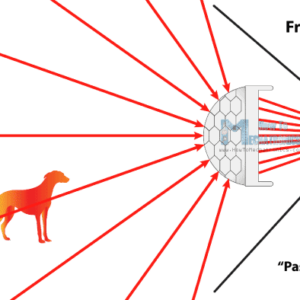Curious to know what types of sensors are available for detecting motion? Well, in this article, you’ll find all the information you need! From infrared sensors to ultrasonic sensors and everything in between, we’ll explore the various options out there. Whether you’re interested in home security systems or robotics, understanding the different types of sensors will give you a better understanding of how motion detection works. So, let’s dive in and explore the fascinating world of motion sensors together!
If you’re wondering how these sensors work and how they can be applied in different areas, this article will provide all the answers. We’ll discuss the principles behind each type of sensor and explain their advantages and limitations. We’ll also explore the real-life applications of these sensors, ranging from automatic doors and lighting systems to video game consoles and virtual reality. By the end of the article, you’ll have a comprehensive knowledge of the wide range of sensors available for detecting motion and gain a deeper appreciation for the role they play in our everyday lives. So, let’s get started on this exciting journey of discovery!
Introduction to Motion Sensors
Motion sensors are electronic devices that are designed to detect and respond to movement or changes in the surrounding environment. They play a crucial role in various applications, ranging from security systems to automated lighting. In this article, we will explore different types of motion sensors and examine their working principles, applications, advantages, and limitations.
What are motion sensors?
Motion sensors, also known as motion detectors, are devices that detect movement within a specific range. They are equipped with various technologies that allow them to sense changes in the surrounding environment and trigger an appropriate response. These sensors are commonly used in security systems, home automation, robotics, and other applications that require monitoring or controlling movement.
Importance of motion sensors
Motion sensors are a vital component of many modern technologies and systems. They enhance security by detecting and alerting individuals to potential intrusions. In addition, they optimize energy consumption by automatically turning on or off lights, heating, ventilation, and air conditioning systems when motion is detected or not detected in a specific area. Motion sensors also play a significant role in industrial automation, where they enable precise control and monitoring of equipment and machinery.
Passive Infrared (PIR) Sensors
Working principle of PIR sensors
Passive Infrared (PIR) sensors detect motion by measuring changes in infrared radiation within their detection range. They consist of several components, including a lens, a pyroelectric sensor, and a filter. When an object moves within the field of view of the sensor, it emits infrared radiation that is detected by the pyroelectric sensor. The sensor then generates an electrical signal, which is used to trigger an action, such as turning on lights or sounding an alarm.
Applications of PIR sensors
PIR sensors have a wide range of applications due to their simplicity, reliability, and cost-effectiveness. They are commonly used in security systems, both in residential and commercial settings. PIR sensors are also employed in lighting control systems to automatically turn on lights when someone enters a room and turn them off when the area is vacant. Additionally, they find applications in robotics, occupancy detection, and energy management systems.
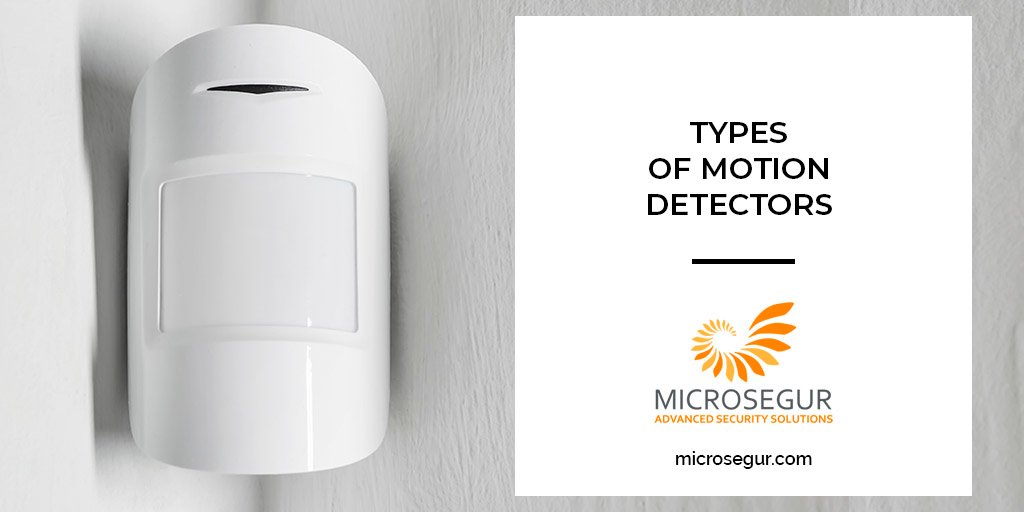
This image is property of microsegur.com.
Ultrasonic Sensors
How do ultrasonic sensors detect motion?
Ultrasonic sensors detect motion by emitting and receiving high-frequency sound waves. They work on the principle of sound reflection, where the sensor emits ultrasonic waves and measures the time it takes for the waves to bounce back after hitting an object. By calculating the distance to the object based on the time delay, the sensor can determine if there is motion within its detection range.
Advantages and disadvantages of ultrasonic sensors
One of the key advantages of ultrasonic sensors is their ability to detect both stationary and moving objects, regardless of their material or surface characteristics. They are also unaffected by ambient light conditions, making them suitable for both indoor and outdoor applications. However, ultrasonic sensors may encounter challenges in environments with high levels of noise or where multiple sensors are used in close proximity. Additionally, their accuracy decreases with increasing distance, limiting their range.
Microwave Sensors
Principle of operation for microwave sensors
Microwave sensors detect motion by emitting continuous microwave signals and analyzing the reflected waves. They operate on the principle of Doppler shift, where the frequency of the reflected waves changes when an object in motion interacts with them. By measuring these frequency changes, the sensor can determine the presence and direction of motion within its detection area.
Usage of microwave sensors in motion detection
Microwave sensors find applications in a variety of settings, including automatic door openers, traffic speed measurement, and security systems. They are especially effective in outdoor environments, as they can detect motion across large areas and through various types of materials, such as walls and windows. Microwave sensors are also commonly used in industrial settings to monitor equipment and ensure worker safety.
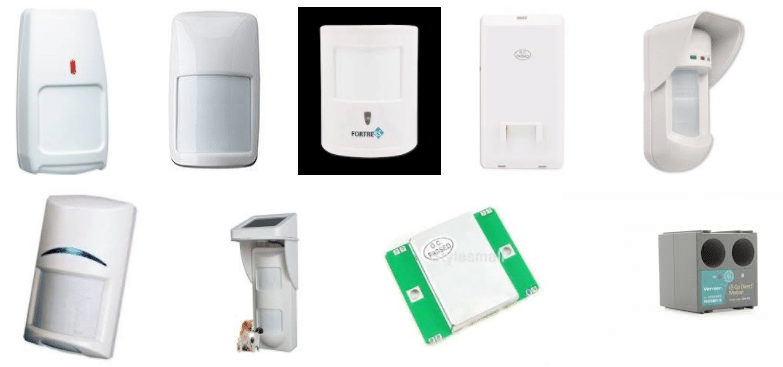
This image is property of alarm-reviews.net.
Photoelectric Sensors
Types of photoelectric sensors for motion detection
Photoelectric sensors for motion detection come in various types, including through-beam, retro-reflective, and diffuse types. Through-beam sensors consist of separate emitter and receiver units that are aligned to create a detection zone. Retro-reflective sensors use a reflector to bounce the emitted beam back to the sensor. Diffuse sensors integrate the emitter and receiver into a single unit, with the detection range determined by the reflectivity of the target object.
Benefits and limitations of photoelectric sensors
Photoelectric sensors offer several advantages for motion detection, including long-range detection capabilities, immunity to ambient light, and the ability to detect objects of various sizes and shapes. They are widely used in industrial automation, elevator systems, and security applications. However, photoelectric sensors can be affected by factors such as dust, dirt, and the reflective properties of the target objects, which may impact their accuracy and reliability.
Vibration Sensors
Detecting motion through vibration sensors
Vibration sensors, also known as accelerometers, detect motion by measuring changes in acceleration or vibration. They consist of a mass suspended by springs and an internal sensing element, such as a piezoelectric crystal or microelectromechanical system (MEMS). When the sensor experiences motion or vibration, the mass moves relative to the rest of the device, generating a voltage that is proportional to the acceleration.
Industrial applications of vibration sensors
Vibration sensors find widespread use in industrial applications for monitoring machine health and detecting abnormal vibrations. By continuously monitoring vibrations, these sensors can detect faults, imbalances, and misalignments in machinery, preventing costly breakdowns and improving overall efficiency. Vibration sensors are commonly employed in industries such as manufacturing, transportation, and power generation.
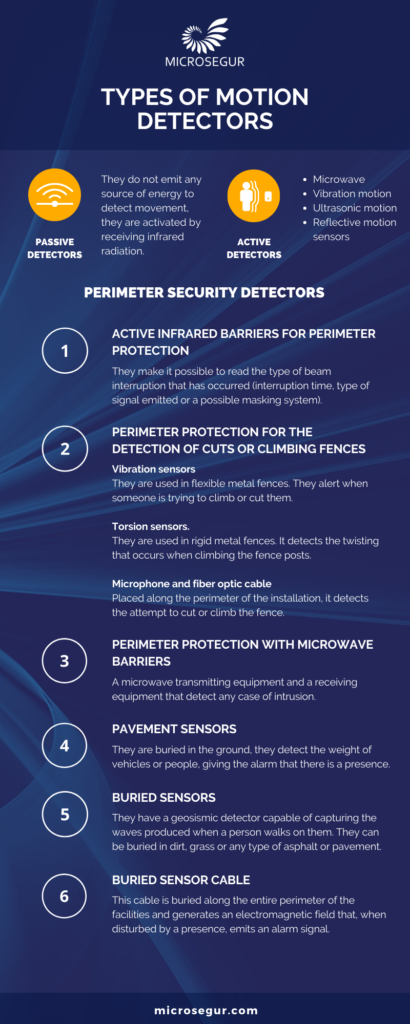
This image is property of microsegur.com.
Infrared Sensors
Working mechanism of infrared sensors
Infrared (IR) sensors detect motion by measuring changes in the infrared radiation emitted by objects. They utilize the principle of Pyroelectric effect, where certain materials generate an electric charge when exposed to infrared radiation. When an object moves within the sensor’s range, it alters the amount of infrared radiation detected by the sensor, which triggers a response.
Commercial and residential applications of infrared sensors
Infrared sensors have a wide range of applications in both commercial and residential settings. In commercial buildings, they are commonly used for occupancy sensing in lighting control systems, HVAC systems, and security systems. In residential settings, they are utilized in home automation systems to control lighting, heating, and security. Infrared sensors are also utilized in biomedical devices, such as non-contact thermometers and pulse oximeters.
Acoustic Sensors
How do acoustic sensors detect motion?
Acoustic sensors, also known as sound sensors, detect motion by analyzing changes in sound waves within their range. They are typically designed to pick up specific frequencies or patterns of sound that are associated with movement. Acoustic sensors can be used to detect a wide range of motion, from footsteps to vehicle movement, depending on the specific application.
Areas of use for acoustic motion sensors
Acoustic motion sensors have a variety of applications, ranging from intrusion detection systems to occupancy sensing in smart buildings. They are often used in outdoor security systems to detect the approach of intruders or vehicles. Acoustic sensors are also employed in industrial and manufacturing environments for monitoring machinery and ensuring worker safety.
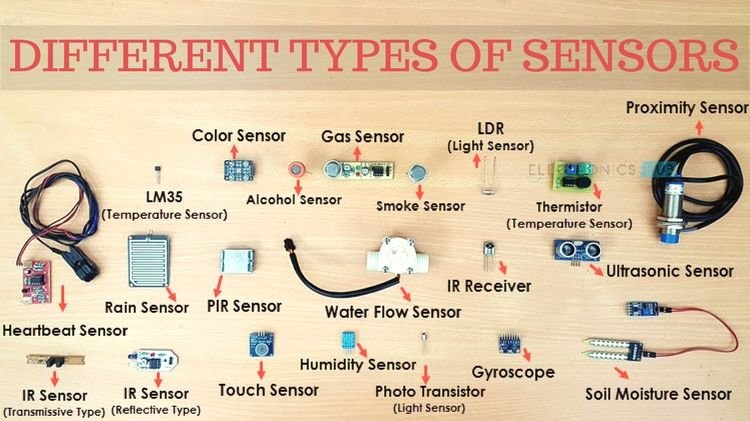
This image is property of www.electronicshub.org.
Pressure Sensors
Detecting motion through pressure changes
Pressure sensors detect motion by measuring changes in pressure within their range. They can be designed to detect pressure fluctuations caused by objects moving through the detection area or changes in air pressure caused by the movement of air or fluids. Pressure sensors can be based on various technologies, including strain gauges, capacitive sensing, and piezoresistive sensors.
Advancements in pressure sensor technology
Advancements in pressure sensor technology have led to the development of highly sensitive and accurate sensors that can detect even subtle pressure changes. These sensors find applications in various industries, such as automotive, aerospace, and healthcare. Pressure sensors are used in tire pressure monitoring systems, airbag deployment systems, and medical devices, among other applications.
Conclusion
In conclusion, there are several types of sensors available for detecting motion, each with its own unique working principle, applications, advantages, and limitations. Passive Infrared (PIR) sensors, ultrasonic sensors, microwave sensors, photoelectric sensors, vibration sensors, infrared sensors, acoustic sensors, and pressure sensors are some of the commonly used sensor types. When choosing a motion sensor, it is important to consider factors such as the specific application requirements, the detection range, environmental conditions, and the desired level of accuracy. By selecting the appropriate sensor, you can effectively detect and respond to motion in various scenarios, improving security, energy efficiency, and overall system performance.
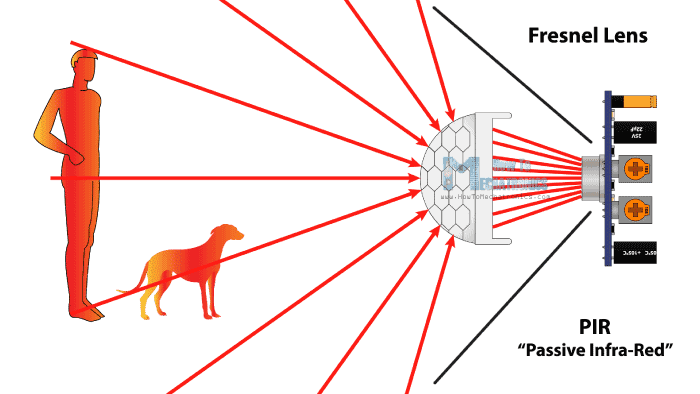
This image is property of getsafeandsound.com.
